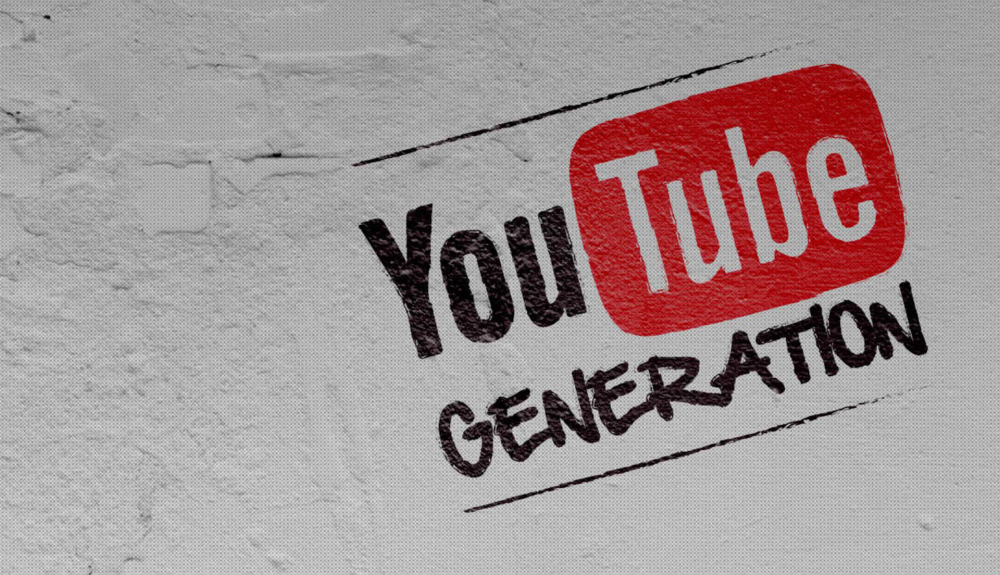As marketers look ahead to the coming months, they often evaluate the things that worked well last year and decide which new strategies to add to the marketing mix. According to the extensive State of Inbound report, 48 percent of marketers plan to incorporate YouTube into their marketing strategies in 2018.
Notably, that same percentage of respondents indicated intentions to do the same in 2017. The fact that YouTube has been on marketers’ minds for two years in a row suggests people in the sector realize video could be a massive disruptor that changes the ways they do business and works well for connecting with audiences.
People Love to Share Videos
When asked about their predictions for 2018, marketing experts spoke favorably about video’s worthiness as a medium and why it could be so effective for reaching out to viewers. Estimates indicate that 92 percent of people who watch videos share them with others. That percentage is comparatively higher than the sharing rates for other types of media, meaning when marketers create engaging videos, they could have broader-than-expected impacts.
YouTube makes it easy to share content, too. Users can simply copy the respective link for a video into an email or social media feed.
Live Video Encourages Prolonged Engagement
Content type aside, the primary goal most marketers have is to keep people interested for as long as possible. To achieve that aim, many marketing professionals invest heavily in original material, publish new items daily and track trending subjects to determine the topics that are most likely to catch attention.
Data also shows that people are willing to spend eight times longer watching a video feed as it happens rather than consuming pre-recorded material. YouTube also simplifies streaming by making it possible through its mobile app.
There are a few stipulations for streaming on YouTube, but they won’t likely create substantial barriers for marketers. For example, a channel that offers live streaming must have at least 25 subscribers. Also, it has to be a verified channel that has not been subjected to any streaming restrictions within the past 90 days.
Videos Make People Likely to Retain the Information
Internet users get bombarded with content. Due to the vast amount of material they can peruse, it’s crucial for marketers to figure out not only how to make people pay attention, but also how to promote information retention. Fortunately, research highlights how video could be the way to do that.
Industry experts have found that people digest information from video 60,000 times faster than they do information from text sources. When marketers also use up-to-date technologies such as professional video visualization techniques, it’s easy to see the potential for making product demonstrations, how-to videos and other clips come to life in highly realistic ways that viewers will remember.
Despite the promising content above, some marketers may still balk at the idea of using YouTube — or relying on it more — in 2018. For those who feel more confident after reading real-world case studies, the experiences of the companies below could provide some stimulating input.
1. Duracell
Duracell created a YouTube bumper ad campaign centered on the “Trust Is Power” tagline that became one of the most successful video marketing efforts of its kind last year. Duracell’s marketing team paired the six-second bumper ads with longer, equity-building, 30-second spots. They correctly assumed the shorter ads would keep the brand in a “top-of-mind” spot for viewers, which helped drive purchase intent.
2. Lyft
Bolstered by the negative publicity surrounding competing ride-sharing service Uber, Lyft continued its successful “Undercover Lyft” video campaign and released a clip that was one of the most-watched YouTube videos in January 2017 and gave the brand its third appearance on Google’s YouTube Ads Leaderboard.
Although the campaign itself — which involves celebrities going undercover as Lyft drivers to prank passengers — didn’t begin in 2017, a clip released at the start of that year featuring NFL star Odell Beckham Jr. racked up over 2.6 million views.
3. Samsung India Services
To appeal to its Indian consumers, Samsung launched a video campaign describing how the brand’s customer service strategies reach all the way to customers’ doorsteps. The YouTube ad entitled “We’ll Take Care of You Wherever You Are” was a hit from the start and received 100 million views within seven weeks of release, becoming YouTube’s top advertising video across all categories on the platform.
Also, end-of-the-year stats for 2017 show the clip got a total of 150.3 million views throughout the year and became the most-watched video of the year.
Make Your Own Impact
The case studies of three brands that successfully harnessed the power of video — along with the compelling statistics and reasons to try video mentioned above — should leave little doubt that it’s worthwhile for marketers to at least test the video waters on a small scale in 2018.
If those beginning efforts pay off, it’ll be easier to justify devoting more of the marketing budget to larger video-based campaigns.








